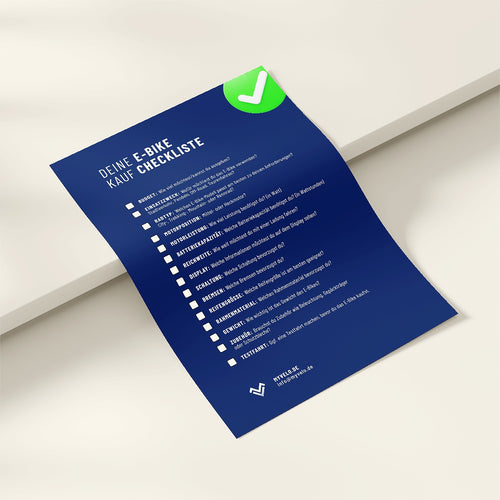What is a steerer tube?
A steerer tube is the vertical part of the bicycle fork that inserts into the head tube of the frame and holds the handlebars and stem. The steerer tube is usually made of steel or aluminum and has a thread or shaft on the top to which the stem attaches.
The fork steerer is usually a fixed length and must match the size of the frame. It is important to choose the correct length of the fork steerer for the frame and stem to ensure a safe and stable connection between the handlebars and the fork.
The fork stem can also be cut to adjust the handlebar height to suit the rider's individual needs. However, it is important to be careful and only have an experienced mechanic do this, as cutting the fork stem can have irreversible effects on the stability and safety of the bike.
What are the advantages and disadvantages of a steerer tube?
Benefits of a longer fork steerer include an upright riding position, making cycling more comfortable and relaxed, as well as better control and stability of the bike. A longer fork steerer can also help reduce pressure on the hands, wrists and shoulders, especially for riders with back problems.
Disadvantages of a longer steerer tube are reduced aerodynamics and potentially less efficient power transfer to the pedal, which can lead to slower riding speed. A steerer tube that is too long can also become unstable and cause a choppy ride.
A shorter fork tube can provide a sportier, more aerodynamic seating position, which is ideal for sportier rides. A shorter fork tube can also support a more stable and agile handling of the bike.
Other disadvantages of a shorter fork tube include a less comfortable riding position, which can lead to increased strain on the hands, wrists and shoulders. A riding position that is too sporty can also make the bike harder to control and feel unstable.





